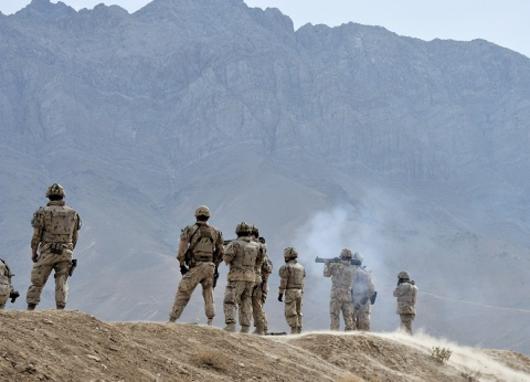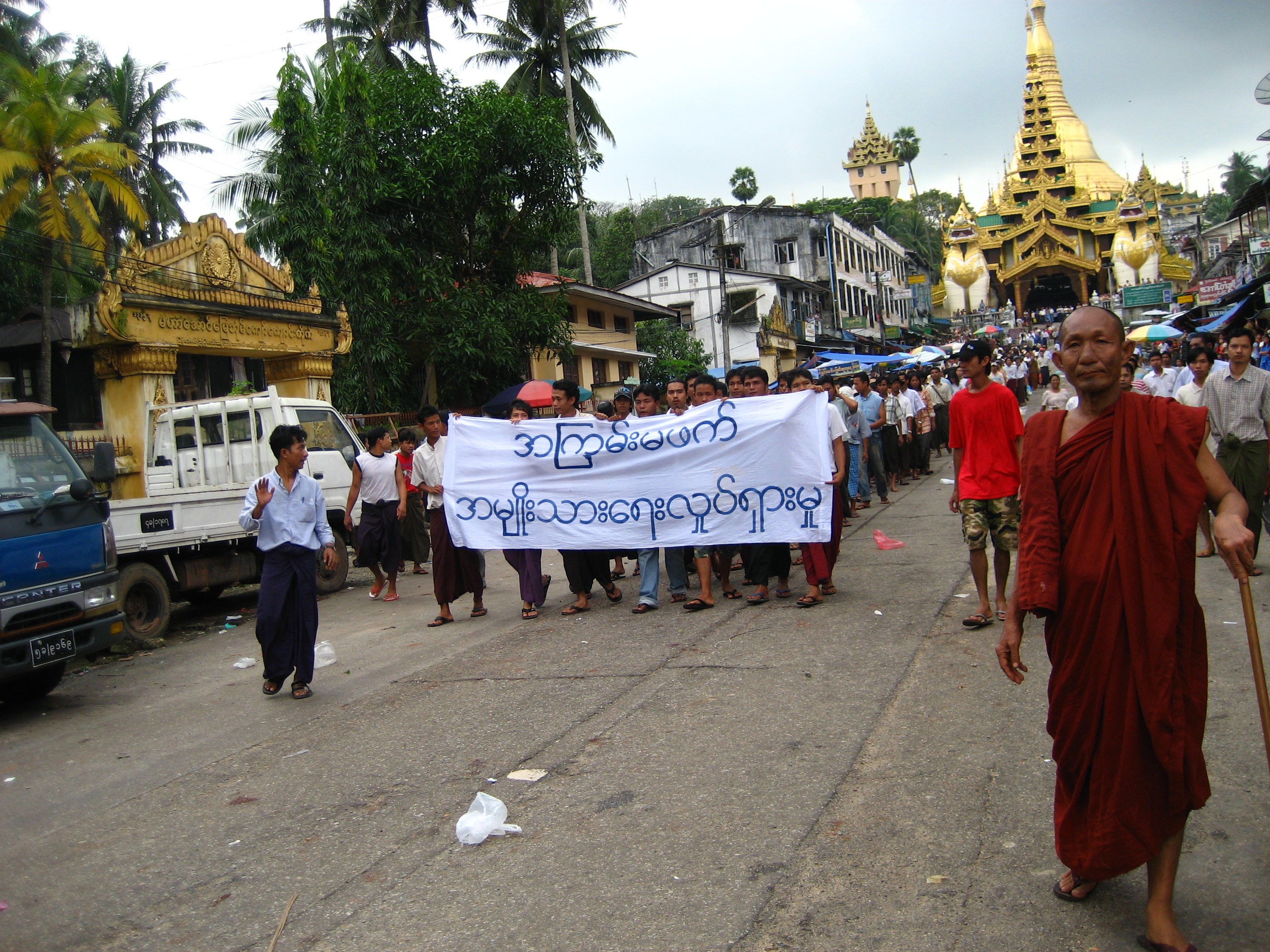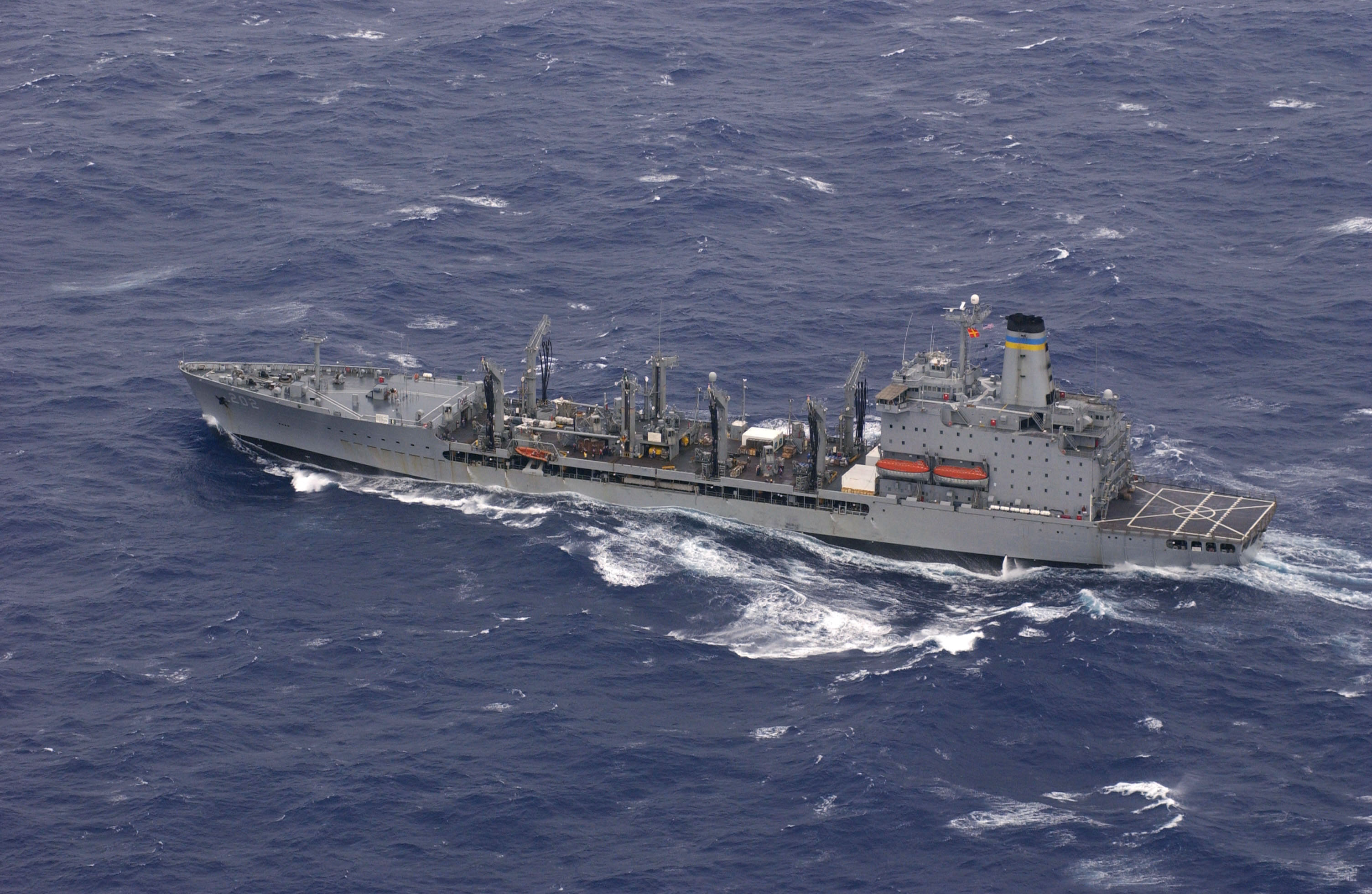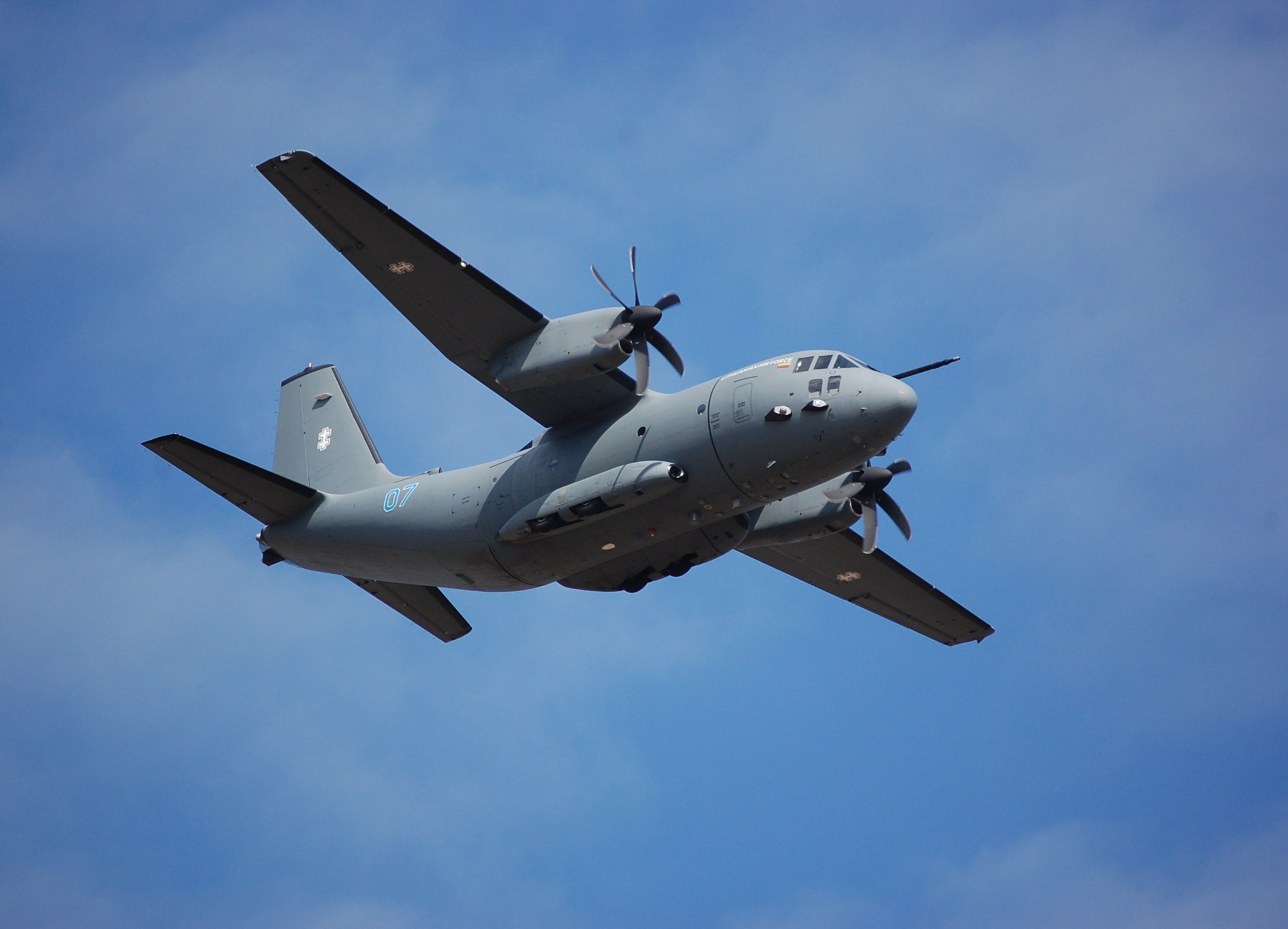In his call for a new Defence Policy for Canada, NATO Council of Canada Chairman the Honourable Hugh Segal highlights, within the context of the crises currently going on in Eastern Europe as well as in the Middle East, the importance of Canada’s deployable human resources. Pursuing Canada’s foreign interests requires much more than tanks, bombs and planes. Media critics are quick to jump on Canada’s procurement policies regarding aerial and naval hardware, but focusing the debate over Canada’s military in those areas, ignores the most important issues facing Canada’s Armed Forces – the men and women who fill the uniforms. In the void left by ending combat operations in Afghanistan, it is of the utmost importance to come out of the intense operational environment in a positive way and make the most of the lessons and experiences our soldiers, sailors and airmen have gained over the past 13 years.
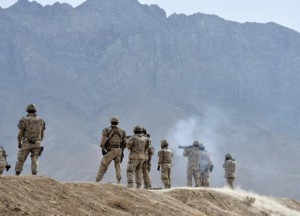
Canada’s involvement in Afghanistan saw close to 40,000 Canadians deployed from 2001 to 2012, making it the largest military deployment by our nation since the Second World War. This action utilized all elements of Canada’s military, its Regular Forces, Special Forces as well as Reserve Forces. The participation of the Reserve element in combat operations in Afghanistan is of particular note; at certain points during the decade-long mission, Reservists accounted for 1 in 5 of Canada’s soldiers in Afghanistan. In fact, Major-General Tabbernor told the Standing Committee on Defence and National Security that more than 14,000 Reservists took part in overseas operations between 2000 and 2010, including nearly 1,900 in 2010 alone.
The two main components of the Canadian Armed Forces are the Reserves and the Regular Forces, the latter of which would be more familiar to the average Canadian. Life in the Reserves and the Regular Forces is very different. Reservists serve and train as part-time soldiers to supplement full time civilian careers or are full-time students. In an operational sense, the Reserves function to mobilize in support of the Regular Force when needed, and this includes overseas military engagements. In 2008, the Canada First Defence Strategy called for the application of a Total Force Concept to the CAF – recommending an emphasis on more uniform training standards directed at integrating the Regular Force and Reserve into a interoperable Defense Force.
In light of the level of involvement Reservists had in the recent conflict in Afghanistan, it is necessary to examine the successes of this initiative. A look at online social media outlets such as Reddit and other online forums will yield no shortage of what appears to be Regular Force members criticising and degrading the contributions and usefulness of Reservists in an overseas combat environment. For example, as one anonymous poster stated, deployed Reservists are put on gate duty. However Canada’s military leaders are in stark opposition to that opinion, rejecting criticism of Reservists in Afghanistan. In fact one active duty general stated that the mission in Afghanistan could not have been completed without the support of Reservists.
Aside from their combat role, Reservists augment the Regular Forces by providing expertise in psychological and medical operations. A Senate report authored in part by Senators Pamela Wallin and former General Romeo Dallaire goes as far as stating that the Reserves now have capabilities that do not exist in the Regular Force. The Afghanistan operation took on a broad range of military and civil effects, and many Reservists have additional skill sets derived from their civilian professional lives, which enrich and further the operational capabilities of the Canadian Forces.
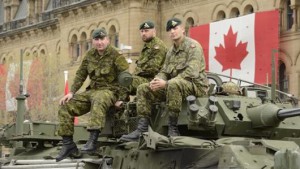
Stated plainly, Afghanistan has been a big success for the Reserves in an operational capability sense as reservists have proven themselves in operations. The animosity that may have once existed between ‘Reg Force’ and Reserves is gone. On a somber note, a ranking military official affirmed that nobody asks which group a soldier belonged to when they gather around for a fallen soldier’s ramp ceremony – the traditional farewell to a fallen man or woman as the return to Canada for the last time.
The contributions of our often-neglected Reservists have earned them a bigger place in the picture in terms of Strategic Planning. While Afghanistan was undoubtedly a demonstration of their value in overseas combat missions, in the Post-Afghanistan world, experts believe it would be useful for the CAF to consider the merit of maintaining a small number of Reservists at Regular Forces high readiness training levels. It is worthwhile to implement at the very least a baseline level of training and capability to ensure continued interoperability between both elements of the military. There is an opportunity for all Reservists to benefit from the new experience and expertise of their comrades returning home.
We must also recognize the burden this goal places our part-time soldiers. Maintaining increased levels of training and readiness asks our Reservists to take time away from their jobs to participate in training operations, often to the detriment of their civilian careers. If that burden is something Canadians are going to ask of them, then their compensation should be adjusted to reflect it. The same 2011 report on the state of the Reserves recommends the introduction of benefits currently not afforded to Reserve Members of the CAF.
The task of augmenting the Regular Forces has clearly been well executed by the Reserves, but there is a school of thought that says in a philosophical sense we are departing from a Total Force Concept when it comes to the deployment of our Reservists. Beyond the operations in Afghanistan, over the last decade the Reserves have been actively deployed not only in other international initiatives such as Haiti, but also to great effect domestically.
Reservists have played a large role in the security of the 2010 Winter Olympics in Vancouver as well as the G-8 and G-20 Summits in Hunstville and Toronto respectively. They have also had a chance to utilize their unique skills and abilities beyond just that of a security force by assisting in civil emergencies such as those on the East Coast during recent hurricanes, the ice storms in Central Canada, and flooding in the Prairies. This departure from purely serving as an augmentation tool of the Regular Forces represents a fundamental change in the nature of the Reserves from the Cold War Era when the Total Force Concept was first implemented.
Many believe that a natural future for the Reserves is to add to their portfolio of responsibilities by continuing to be called in to deal with domestic threats such as terrorism as well as natural disasters as they have done in the past. This role makes sense as contrasted with Regular Force units which are concentrated in just a handful of military bases nationwide Reserve units are situated in a wide range of communities where they may already know the situation and are well positioned to assist civilian authorities as first responders.

